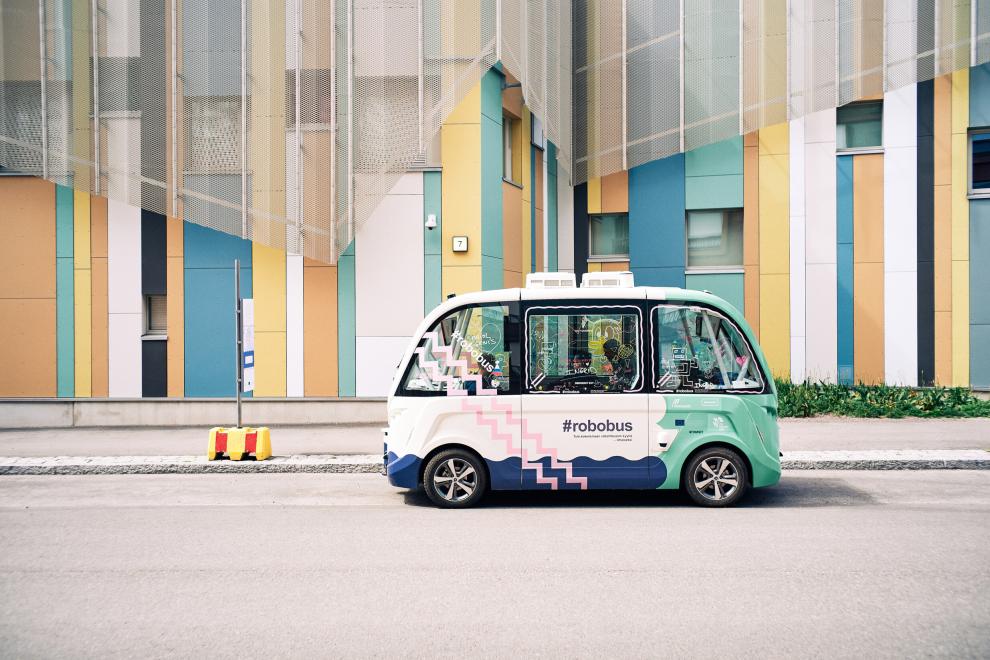Promoting sustainable transport modes

Estimated reading time 2 minutes
The goal of the assessment
The main focus of the assessment was on whether sustainable transport modes had been promoted in accordance with the strategic objectives. In both the current and previous city strategies, the aim has been to increase the share of sustainable modes of transport. The goals of the Carbon Neutral Helsinki 2030 emissions reduction programme also call for the share of sustainable transport modes to be increased.
Conclusions
Sustainable transport modes have not been sufficiently promoted in accordance with the City Strategy to increase their share of transport modes during the 2017–2021 strategy period. Based on the assessment, resources for promoting walking are very scarce. The goal of the programme promoting walking as the preferred mode of transport, which is prioritised in planning, implementation and maintenance, is not being met in practice. The cycling development programme’s target for the share of transport modes has not been met. Just under half of the city centre’s target cycling network has been built or is under construction, as is about a fifth of the Baana cycling network. Progress on the development programme measures focusing on the speed, efficiency, reliability and uninterrupted operation of trams has been slow, partly because the individual measures are relatively minor. Investment in tram infrastructure and the network has been high in recent years due to simultaneous construction on tram lines such as the Raide-Jokeri, Crown Bridges and the line from Kalasatama to Pasila.
There have been problems in cooperation between the Urban Environment Division and the City Executive Office in promoting sustainable transport. In particular, these tensions are related to views on the role of private car use in economic policy. The assessment shows that a lack of a shared vision between the division and the City Executive Office, particularly regarding the role of private car use, makes it difficult to promote sustainable transport.
the City Executive Office and the Urban Environment Division should
- ensure that cooperation in promoting sustainable transport is effective in terms of both the city’s sustainable transport objectives and staff well-being at work.
the Urban Environment Division should
- ensure that there are sufficient resources for promoting sustainable transport. In particular, promoting walking in transport planning requires greater attention than before.

Add new comment